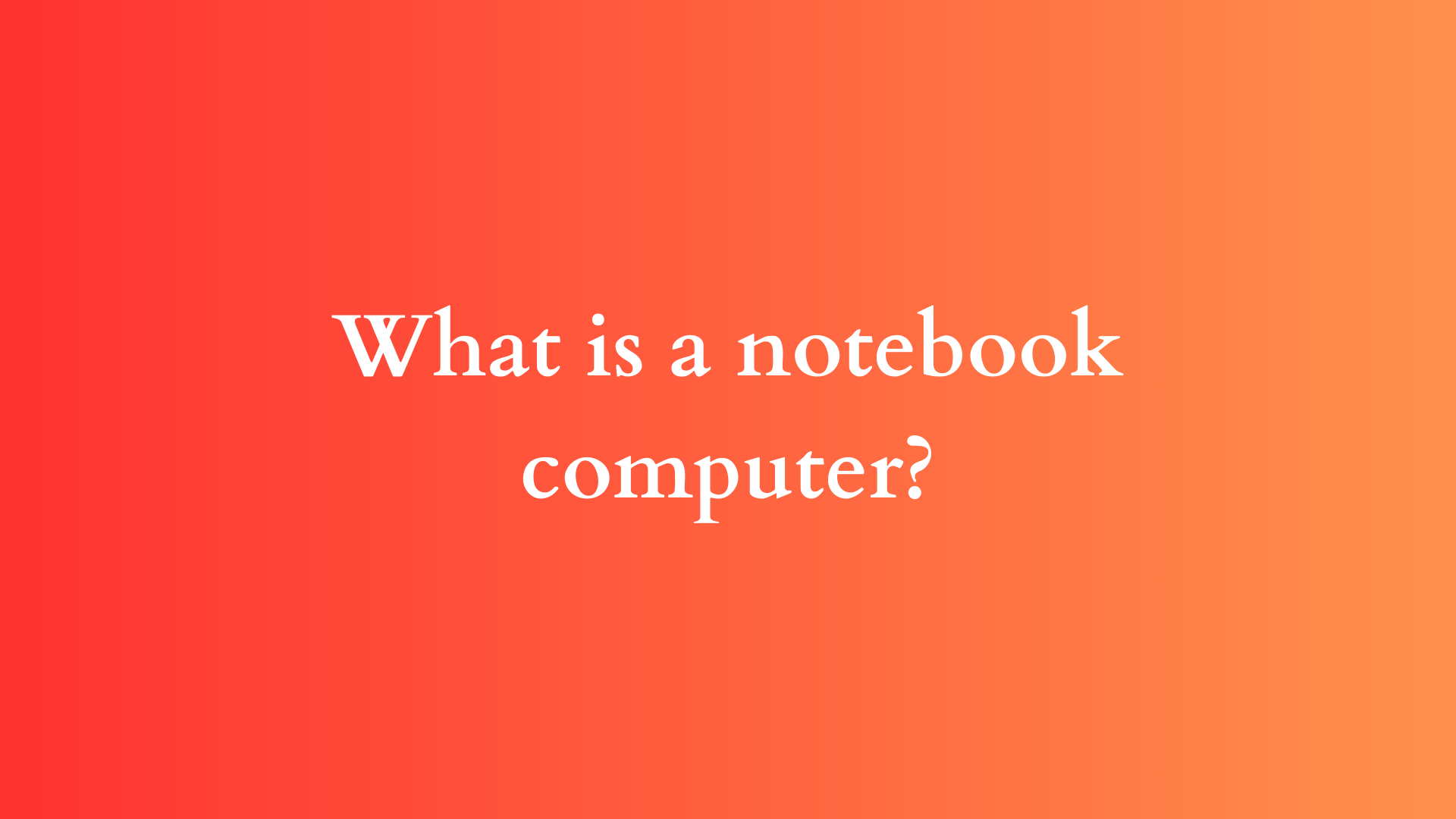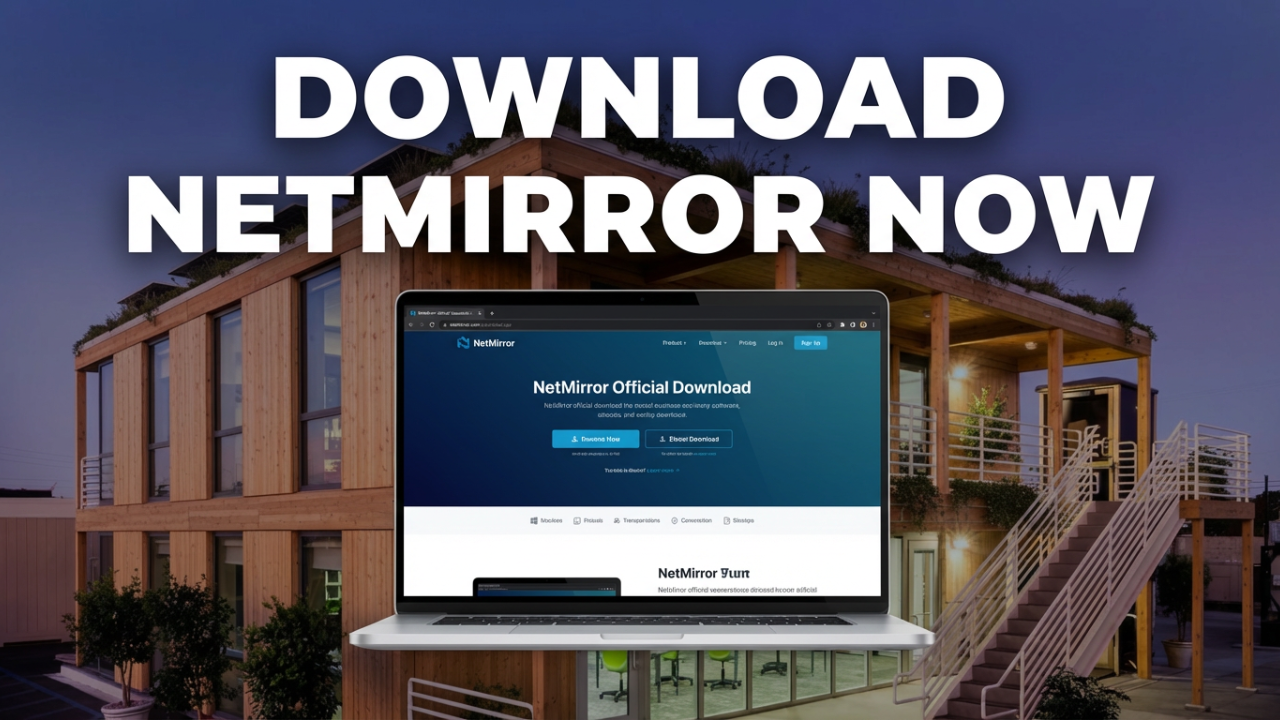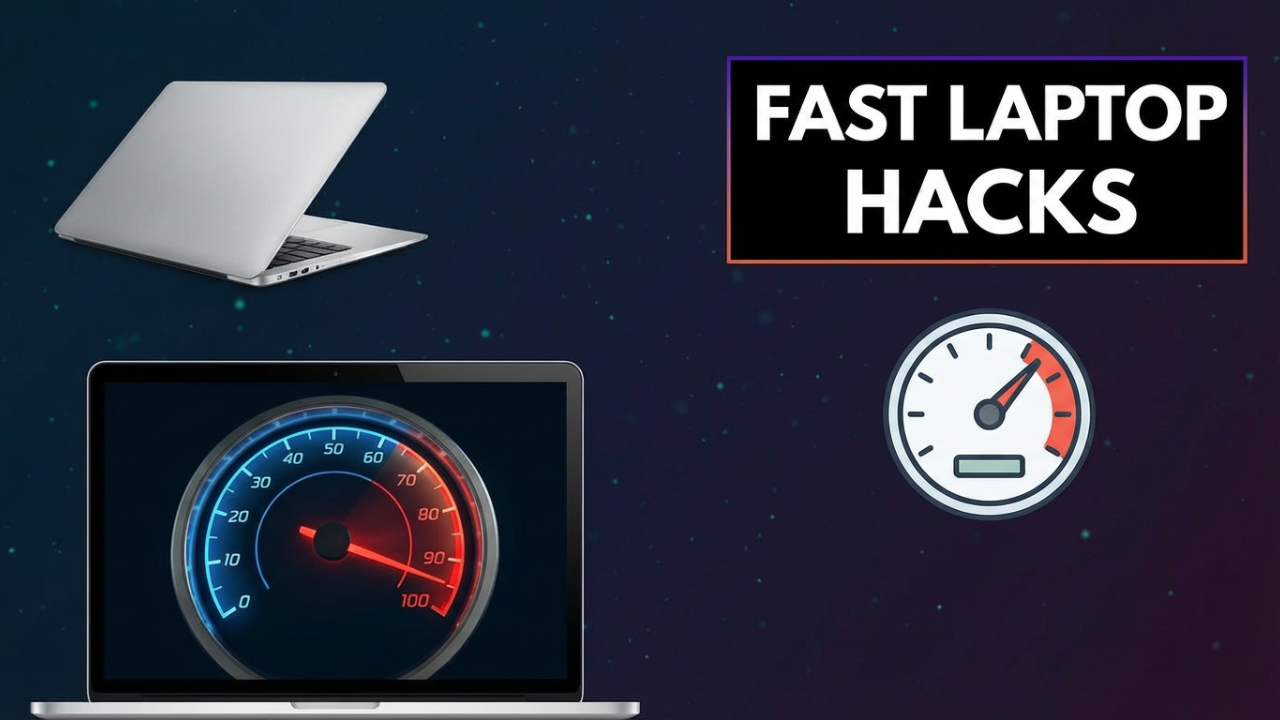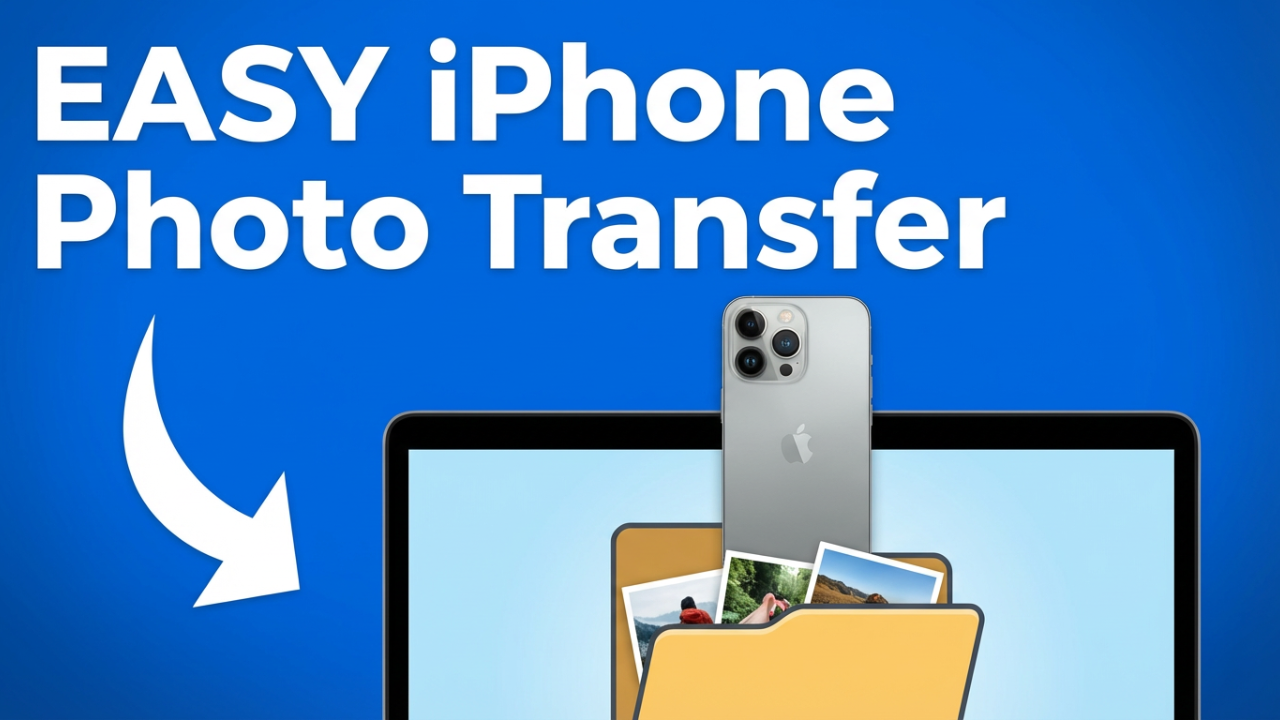Understanding Notebook Computers: A Comprehensive Overview
In today’s fast-paced digital world, the concept of mobility is paramount. Whether in the realm of business, education, or personal use, the need for portable computing solutions has never been more critical. Enter the notebook computer—a device that has transformed how we work and communicate. This blog post delves into the intricacies of notebook computers, detailing their features, history, and their role in contemporary society.
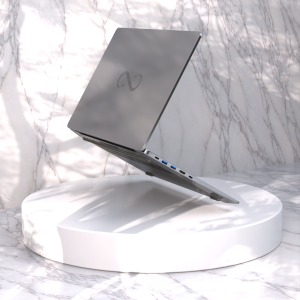
What is a Notebook Computer?
A notebook computer, commonly referred to as a laptop, is a compact, portable personal computer that combines the components, inputs, outputs, and capabilities of a traditional desktop computer in a single, lightweight unit. Its design prioritizes portability without compromising performance, making it an indispensable tool for countless users around the globe.
Key Characteristics of Notebook Computers
- Portability: The defining feature of notebook computers is their portability. Generally weighing between 2 to 8 pounds, they are easy to carry, making them ideal for professionals on the go, students attending classes, and anyone needing computing power away from their primary workstation.
- Integrated Components: Unlike desktop computers that consist of separate components, notebooks integrate the display, keyboard, touchpad, and computing hardware into a single chassis. This integration not only saves space but also enhances ease of use.
- Battery-Powered: Notebook computers are equipped with rechargeable batteries, allowing users to operate them without being tethered to an electrical outlet. Battery life varies by model and usage but has improved significantly in recent years, with many models offering 8 to 12 hours of use on a single charge.
- Connectivity Options: Modern notebooks come equipped with a variety of connectivity options, including Wi-Fi, Bluetooth, and multiple USB ports. This connectivity enables users to easily connect to the internet, peripherals, and other devices, enhancing the overall functionality of the computer.
A Brief History of Notebook Computers
The evolution of notebook computers dates back to the early 1980s. The first true portable computers were known as “luggable” computers, which were hefty and cumbersome, resembling small briefcases with a keyboard and display. However, these early machines laid the groundwork for the evolution of more compact devices.
In 1981, the Osborne 1 was introduced as the first commercially successful portable computer. It weighed around 24 pounds and had a 5-inch screen. Though it was revolutionary for its time, its bulkiness showcased the limitations of early designs.
The breakthrough came with the introduction of the modern laptop in the late 1980s and early 1990s. Notables such as the Toshiba T1100 and the IBM ThinkPad series began to incorporate more advanced features and brought the size down significantly. The introduction of the LCD screen reduced weight and power consumption, enabling the growth of the notebook market.
Today, notebook computers have evolved into highly sophisticated devices with powerful processors, high-definition displays, and sleek designs that rival desktop setups.
Types of Notebook Computers
Notebook computers come in various types to cater to different user needs, each designed with specific features and functionalities:
- Ultraportables: These lightweight models emphasize extreme portability and battery life over high performance. They usually feature low-power processors and minimalistic designs, making them ideal for users who prioritize mobility.
- Traditional Laptops: This category encompasses standard notebooks that provide a balance between portability and performance. They are versatile devices suitable for everyday tasks such as word processing, multimedia consumption, and web browsing.
- Gaming Laptops: Designed for gamers, these notebooks feature powerful processors, dedicated graphics cards, and enhanced cooling systems. They can handle resource-intensive applications and games, providing performance close to that of high-end desktops.
- 2-in-1 Laptops: These hybrid devices can function both as laptops and tablets, featuring touchscreen capabilities and detachable keyboards. They offer flexibility and are perfect for users who want the best of both worlds.
- Business Laptops: Built for professionals, business laptops typically offer robust security features, excellent battery life, and enhanced durability. They are designed to withstand the rigors of travel and daily use.
The Impact of Notebook Computers on Society
The proliferation of notebook computers has significantly impacted various sectors in society, including education, business, and personal communication.
- Education: In educational settings, notebooks have become vital tools for both teachers and students. They allow for easy access to digital resources, facilitate online learning, and promote collaborative projects. The adoption of laptops in classrooms has enabled innovative teaching methods and has made education more accessible.
- Business: The modern workforce increasingly relies on notebook computers for productivity. They enable remote work, fostering a culture of flexibility and efficiency. Business professionals can communicate seamlessly, analyze data on the go, and collaborate with teams in real time—regardless of location.
- Personal Communication: Notebook computers enhance personal communication by providing access to social media, video conferencing, and various applications. This accessibility breaks down geographical barriers, allowing users to stay in touch with friends, family, and colleagues around the world.
Conclusion
The notebook computer has become a cornerstone of modern computing, epitomizing the perfect blend of portability, performance, and functionality. As technology continues to evolve, we can expect further advancements in design, processing power, and connectivity, ensuring that notebook computers remain at the forefront of personal and professional computing.
Understanding the different types of notebooks available and their implications on society allows users to make informed decisions when selecting their next device. With the ever-increasing reliance on technology in our daily lives, the significance of notebook computers will only continue to grow in the foreseeable future. Whether in a café, a classroom, or at a corporate office, notebook computers have truly revolutionized the way we work, learn, and connect.
Shop Now

